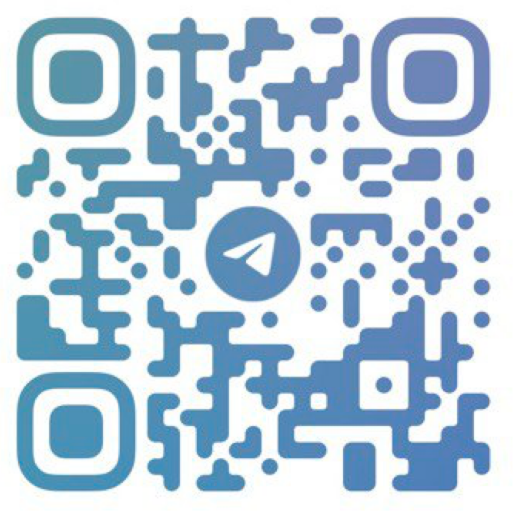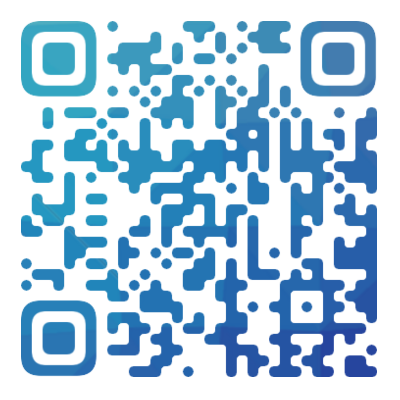Digital Revolution: The Fascinating Fusion of AI and Blockchain
Digital Revolution: The Fascinating Fusion of AI and Blockchain
Introduction
In today's rapidly evolving technological landscape, Artificial Intelligence (AI) and blockchain technology stand out as two prominent frontiers. AI, with its ability to mimic human intelligence, leads the wave of automation and intelligence, while blockchain's decentralization and security features are reshaping digital transactions and data management. The fusion of these two technologies not only pushes the boundaries of technological advancement but also creates exciting new opportunities for the future. This article delves deep into the convergence of AI and blockchain, exploring how their synergy paves the way for innovation and forward-looking prospects.

Trends in Fusion
The convergence of AI and blockchain is rapidly becoming an undeniable trend in the technology field. This fusion not only leads to technological intersections but also brings profound impacts across various industries. The amalgamation of AI and blockchain introduces new possibilities in data processing, privacy protection, intelligent decision-making, and more. In sectors such as healthcare, finance, supply chain, and energy, the application of AI and blockchain is progressively becoming a pivotal driver of innovation and disruption in existing business models. This trend has the potential to optimize operational efficiency across various industries and pave the way for novel business models and technological solutions.
Innovative Opportunities
The fusion of AI and blockchain transcends mere technological intersections, creating a broad spectrum of innovative opportunities and opening new avenues for development. This fusion unlocks several crucial innovative opportunities:
- Trusted Data Exchange: Blockchain's decentralized nature ensures trustworthy and secure data exchange, enabling AI to learn and make decisions based on more reliable data.
- Privacy Protection: Blockchain's capability to share data while safeguarding user privacy provides a protected data source, especially valuable in sectors like healthcare and finance.
- Smart Contracts: Blockchain's smart contracts enable automated execution of AI system decisions, enhancing business processes' automation and efficiency.
- Decentralized AI Applications: Developers can leverage blockchain to create decentralized AI applications and platforms, making AI technology more accessible and beneficial.
- Digital Identity Verification: Combining AI and blockchain can establish more secure and trustworthy digital identity verification systems for various scenarios, including financial transactions and digital asset management.
Data Security
The integration of blockchain technology and AI holds significant implications for data security. Utilizing methods such as decentralized storage, robust encryption, and smart contract control, blockchain safeguards the privacy and security of AI data. Additionally, blockchain's immutability and data traceability attributes ensure data integrity and transparency. Through these mechanisms, we can better protect AI data from unauthorized access, facilitating secure data sharing and management.
Smart Contracts
Smart contracts play a vital role in the convergence of AI and blockchain. These self-executing pieces of code trigger actions based on conditions. Smart contracts enable automated decision-making, reducing errors, enhancing decision-making efficiency, and ensuring transparency and trust due to their execution on the blockchain. In essence, smart contracts facilitate seamless cooperation between AI and blockchain, promoting the development of autonomous decision-making.
Transparency
Blockchain's role in enhancing the transparency and traceability of AI decisions is crucial. Through blockchain's features:
- Immutable Records: Once recorded on the blockchain, information cannot be altered or deleted. AI's decision history and data analysis results can be preserved permanently, ensuring data integrity and authenticity.
- Data Traceability: Blockchain records data sources and transmission paths, enabling every step of data generation and application to be traced. This verification aids in validating data credibility and preventing tampering.
- Public Transparency: Data on the blockchain is publicly accessible and verifiable. This enhances transparency in AI's decision-making processes, mitigating opacity in decision-making or operations.
- Sharing and Collaboration: Blockchain facilitates cross-organizational data sharing and collaboration, enabling AI and decision results to be shared across organizations, enhancing collaboration and consensus formation.
- Verifiability: Information on the blockchain can be verified without relying on third-party institutions. This aids in validating the accuracy and reliability of AI decisions.
Interdisciplinary Collaboration
The fusion of AI and blockchain encourages interdisciplinary collaboration and innovation. Data sharing, cross-industry solutions, and new market opportunities become feasible. This fosters the formation of an innovative ecosystem, reducing intermediaries and driving global collaboration. This fusion ushers in a more open, efficient, and potential-laden future.
Challenges and Solutions
Although the fusion of AI and blockchain offers numerous opportunities, it also presents challenges. Here are some potential challenges and their solutions:
Challenges:
- Performance and Scalability: Limitations in blockchain's performance and scalability might affect real-time performance of large-scale AI applications.
- Privacy and Compliance: AI processing extensive data may involve privacy and compliance issues. Ensuring data privacy on the blockchain poses a challenge.
- Energy Consumption: Blockchain's consensus mechanisms might demand significant energy, affecting sustainability.
Solutions:
- Technological Optimization: Continuously optimizing blockchain technology, employing techniques like sharding and side chains, enhances performance and scalability.
- Encryption and Access Control: Using encryption ensures data security on the blockchain while exploring new compliance solutions that support data ownership and privacy.
- Energy Efficiency Improvements: Exploring energy-efficient consensus mechanisms or integrating blockchain with renewable energy technology can reduce energy consumption.
Future Outlook
The future outlook for the convergence of AI and blockchain is brimming with potential. This fusion will create new opportunities in diverse domains such as healthcare, supply chain management, financial services, and more. AI can enhance blockchain's decision-making prowess, while blockchain offers a safer, more transparent data environment for AI. This synergy will accelerate innovation, bolster the credibility of data sharing, and propel efficient cross-disciplinary collaboration. As technology continues to evolve, we can anticipate an intelligent and secure digital future driven by this fusion.
Conclusion
In conclusion, the fusion of AI and blockchain opens the door to innovation and ushers in a realm of expansive possibilities. By integrating intelligent technology with distributed ledgers, breakthroughs in data security, intelligent decision-making, transparency, and more are achievable. This fusion not only creates novel opportunities in the business landscape but also contributes to building a more trustworthy and efficient digital ecosystem. With ongoing exploration and innovation, there is every reason to believe that this convergence will steer the future development of technology and society.

Please specify source if reproducedDigital Revolution: The Fascinating Fusion of AI and Blockchain | CoinNav- Blockchain Trading Starts Here

